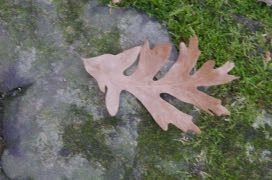white oak
white oak (Quercus Alba)
Description:
White oak is the iconic species of the open oak woodland community that once dominated large areas of southwestern Wisconsin. It is at home in mesic and dry mesic prairie settings, as well.
white oak
[wi_plants_standard_vw filter="attr::emd_usda_symbol::is::QUAL;"]
[wip_eco_standard_vw filter="attr::emd_usda_symbol::is::QUAL;"]
[wip_legal_standard_vw filter="attr::emd_usda_symbol::is::QUAL;"]
[wip_morph_standard_vw filter="attr::emd_usda_symbol::is::QUAL;"]
[wip_require_standard_vw filter="attr::emd_usda_symbol::is::QUAL;"]
[wip_repro_standard_vw filter="attr::emd_usda_symbol::is::QUAL;"]
[wip_use_standard_vw filter="attr::emd_usda_symbol::is::QUAL;"]
Propagation:
Native Plant Network – Bare Root (field grown)
Native Plant Network – Seed (plug)
References:
- Fire Effects Information System (FEIS) Review – Quercus alba
- FEIS Fire Regime – Quercus alba
- iNaturalist Database – Quercus alba
- Long-term changes in an oak forest’s woody understory and herb layer with repeated burning
- North American Plant Atlas (BONAP) – Quercus alba
- USDA Plants Database – Quercus alba
- WisFlora Database – Quercus alba
- World Plants Database – Quercus alba

